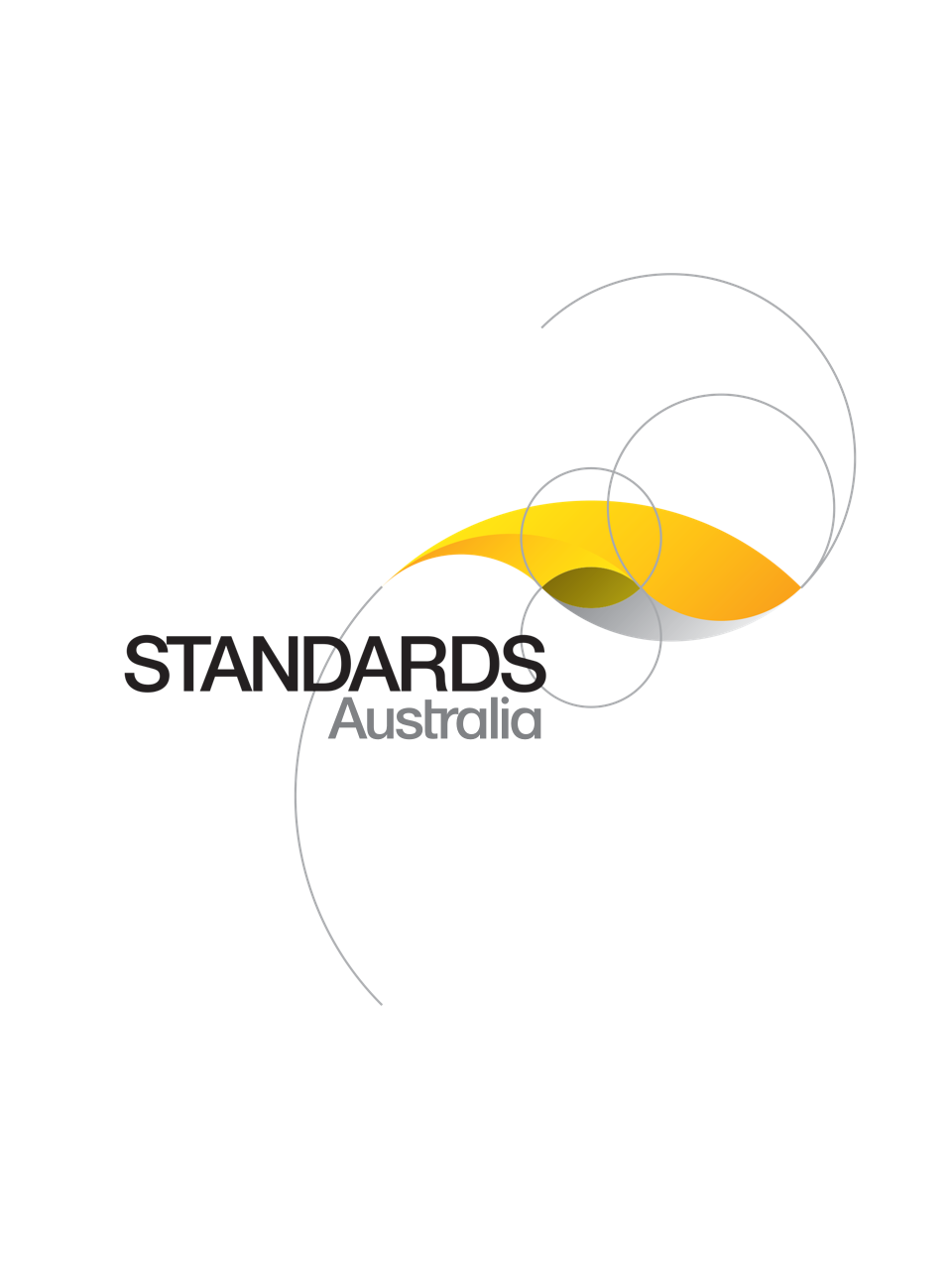Standard
Track updates
AS/NZS ISO 18276:2025
[Current]Welding consumables - Tubular cored electrodes for gas-shielded and non-gas-shielded metal arc welding of high strength steels - Classification
AS/NZS ISO 18276:2025 identically adopts ISO 18276:2024, which specifies the requirements for classification of tubular cored electrodes with or without a gas shield for metal arc welding of high-strength steels in the as-welded condition or in the post-weld heat-treated condition with a minimum yield strength higher than 550 MPa or a minimum tensile strength higher than 590 MPa
Published: 28/02/2025
Pages: 26
Table of contents
Cited references
Content history
Table of contents
Header
About this publication
Preface
Foreword
Introduction
1 Scope
2 Normative references
3 Terms and definitions
4 Classification
4.1 General
4.2 Classification systems
4.3 Compulsory and optional sections in classifications
5 Symbols and requirements
5.1 Symbol for the product or process
5.2 Symbol for tensile properties of all-weld metal
5.3 Symbol for impact properties of all-weld metal
5.4 Symbol for chemical composition of all-weld metal
5.5 Symbol for type of electrode core – Classification by yield strength and 47 J impact energy – System A
5.6 Symbol for usability characteristics of the electrodes – Classification by tensile strength and 27 J impact energy – System B
5.7 Symbol for shielding gas
5.8 Symbol for welding position
5.9 Symbol for hydrogen content of deposited metal
5.10 Symbol for conditions of post-weld heat treatment
5.10.1 Classification by yield strength and 47 J impact energy – System A
5.10.2 Classification by tensile strength and 27 J impact energy – System B
6 Rounding procedure
7 Mechanical tests
7.1 General
7.2 Preheating and interpass temperatures
7.3 Pass sequence
7.4 Post-weld heat treatment (PWHT) condition
7.4.1 Classification by yield strength and 47 J impact energy – System A
7.4.2 Classification by tensile strength and 27 J impact energy – System B
8 Chemical analysis
9 Retesting
10 Technical delivery conditions
11 Examples of designations
11.1 General
11.2 Example 1 - Classification by yield strength and 47 J impact energy – System A
11.3 Example 2 - Classification by tensile strength and 27 J impact energy – System B
11.4 Example 3 – Classification by yield strength and 47 J impact energy - System A
11.5 Example 4 – Classification by tensile strength and 27 J impact energy – System B
Annex A
A.1 ISO 18276-A
A.2 ISO 18276-B
Annex B
B.1 XMX type
B.2 NXMX type
B.3 NXCXMX type
Annex C
C.1 R type
C.2 P type
C.3 B type
C.4 M type
C.5 Z type
Annex D
D.1 Electrodes having a usability designator of “T1”
D.2 Electrodes having a usability designator of “T5”
D.3 Electrodes having a usability designator of “T7”
D.4 Electrodes having a usability designator of “T8”
D.5 Electrodes having a usability designator of “T11”
D.6 Electrodes having a usability designator of “T15”
D.7 Electrodes having a usability designator of “TG”
Annex E
E.1 Hydrogen-induced cracks
E.2 Hydrogen sources in tubular cored electrodes
E.3 Effect of operating condition on hydrogen level
Bibliography
Cited references in this standard
[Current]
Welding consumables — Technical delivery conditions for filler materials and fluxes — Type of product, dimensions, tolerances and markings
[Current]
Welding and allied processes - Determination of hydrogen content in arc weld metal
[Current]
Welding — Measurement of preheating temperature, interpass temperature and preheat maintenance temperature
One-time Purchase
Access via web browser on any device
One-time purchase
Single publication
Offline access via PDF^
$149.01 AUD
Inclusive of GSTFormat *
Web Reader
Licenses *
1 License (for yourself - not shareable)
Total$149.01 AUD
IMPORTANT
